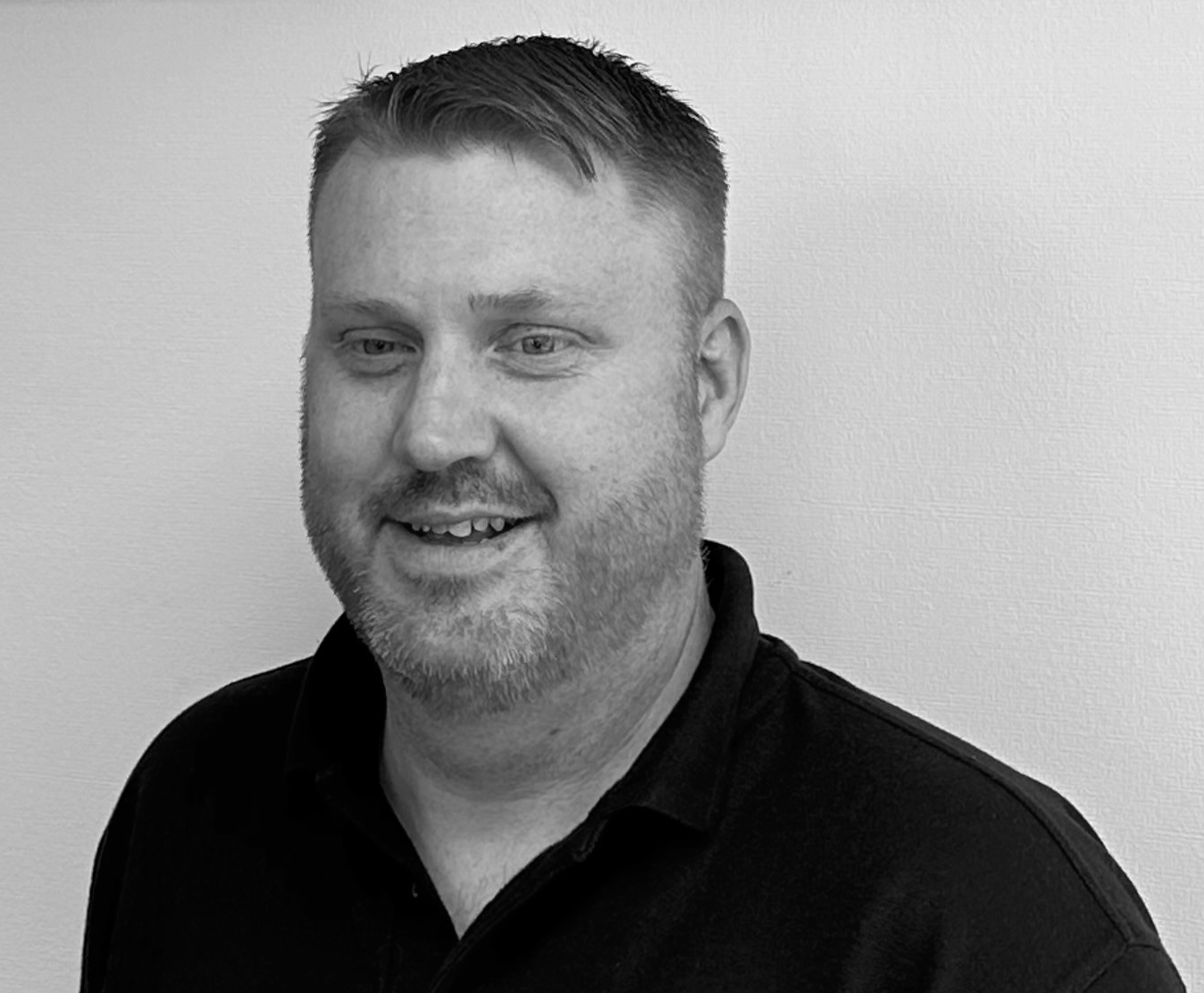In this article
It never rains but it pumps
On February 3rd 2021, Guernsey endured one of its wettest and windiest days in recent memory. By the evening, Guernsey Airport had recorded 32.5mm of rain, and more roads were flooded and impassable than Guernsey Police had ‘Road Closed’ signs available. But through it all, one area of the island kept its head above water, thanks to a remotely operated Festo pneumatic water pumping system.

The Marais Stream pumping station is situated close to St. Peter Port – the island’s capital. It’s one part of a network of facilities which make up Guernsey Water’s infrastructure for the catchment, storage and production of drinking water. And as Andy Benstead, Water Production Manager at Guernsey Water revealed, if the pumping station had not been recently upgraded, ‘I can guarantee that there would have been problems.’
More water, less waste
‘There were two reasons for the upgrade,’ Benstead explained. ‘Part age, and part because the area had suffered from a flooding problem. The Marais Stream has a fair catchment area which includes a bank and an insurance company, and without this work they would have been flooded.’
Originally built in 1938, the pumping station required an upgrade to allow an increased volume of water to be collected and delivered to the nearby water treatment works, with less going to waste. The whole infrastructure – with the exception of one tank – was changed for equipment that is bigger, more reliable, easier to control, and which can now pump up to 1000 litres per second.

Three in one
The Marais Stream facility is the first multifunctional pumping station on the Island. It incorporates three vital elements: raw water (rainfall) catchment; using stream water to maintain cleanliness of screens at a new Wastewater Treatment Centre; and enabling excess water to be pumped out to sea, to prevent reservoir overloading and localised flooding.
As part of the station’s upgrade, Festo supplied three pneumatically operated penstocks, driven by linear actuators. These are located in the incoming channel, to isolate the flow.
Tony Gillard, Business Development Manager at Festo, explains the operation of the system: ‘DNC cylinders with rod clamps are used to control the raising and lowering of the penstocks. These distribute the incoming water into the storage basins. From the storage basins, the water is distributed to various parts of the site by butterfly valves operated by pneumatic quarter-turn actuators.’
Automatic improvement
The site is unmanned, and run instead by Festo’s CPX automation platform. This is remotely controlled via a SCADA system from the Guernsey Water Offices five miles away.
CPX is a complete automation solution integrating a wide choice of pneumatic and electrical, analogue and digital I/O.

‘CPX systems configured for specific requirements are delivered pre-built, tested and ready for installation,’ says Gillard, ‘enabling system integrators to meet tight deadlines and budgets.
The platform also offers extra flexibility, as it’s capable of being operated as either a self-contained industrial PLC, or as a local unit on a Fieldbus or Industrial Ethernet-based distributed system. With a wide choice of I/O and connector modules, interfacing to process sensors and actuators is easy.
The switch from electric
In the water treatment sector on mainland UK, electric actuators are more common. On the other hand, in petrochemical and industrial applications, pneumatics are the preferred solution. Now their advantages for water treatment and sewage plants are also being realised and, back on the Island, Guernsey Water opted for pneumatically controlled valves.
Pneumatic automation is not only an extremely reliable alternative to electrical automation systems, but also reduces the costs of investment, installation and operation compared with conventional electrical installations.
As Guernsey Water have discovered, pneumatic systems are faster to operate and easier to control. They also save energy, are easier to install and – because of fewer moving parts – improve safety and reliability.
Which, when you’re faced with fast-falling rain and fast-rising water, is just what you want to hear.
For more information on Flow Control solutions and to get in touch with one of our ERIKS Pumps Specialists or Valve/Flow Control Engineers, please contact your local ERIKS Service Centre, who will be happy to discuss your options.
#Festo #ERIKS #LetsMakeIndustryWorkBetter #FlowControl #Pumps #Pneumatics #GuernseyWater

